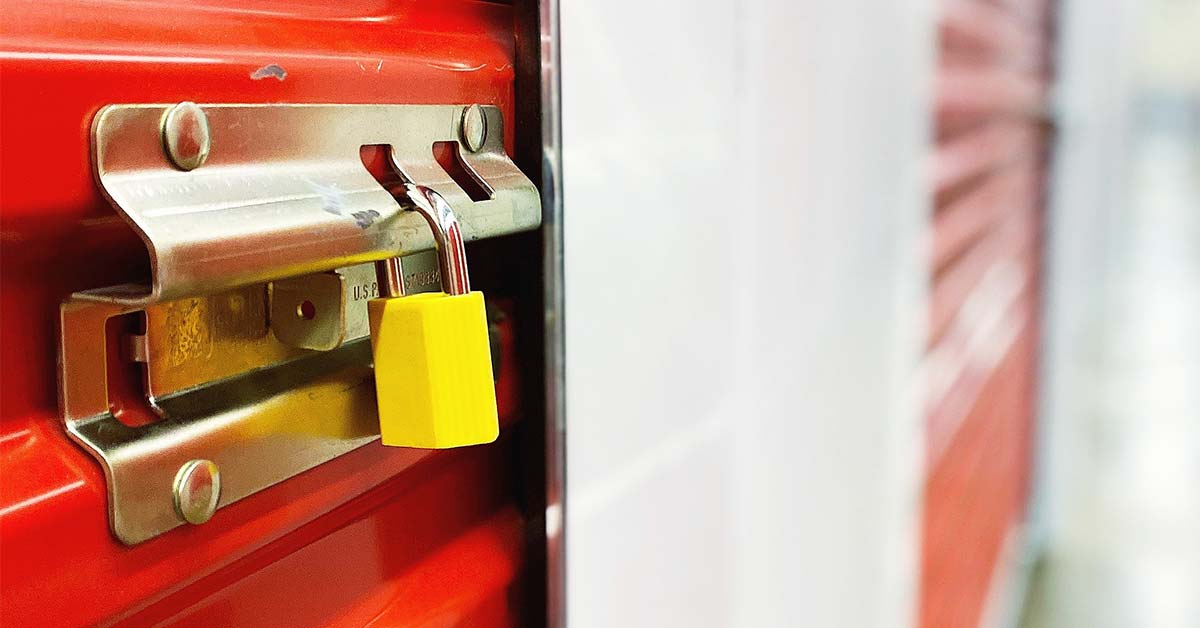Do you have a vintage camera from the 1920s or even the 1980s? Here are some simple tips to help you store and care for your cameras and film properly.
How to Store Cameras Properly
Analog Camera Storage
Whether you own a vintage camera from the 1920s or a 35mm camera from the 1990s, proper storage is crucial. Here are some steps to ensure your camera stays in great shape:
- Use a Camera Case
- Hard Case: Offers the best protection from bumps and drops.
- Soft Case: Still good, but handled with care.
- Remove Batteries
Before storing, take out the batteries from your camera and equipment (like light meters and flashes) to prevent leaks.
- Choose a Climate-Controlled Location
Avoid places with extreme temperatures like garages or cars. Instead, use a closet at home or a climate-controlled storage unit.
Analog Camera Care
- Keep It Dry: Moisture can cause fungus on your lens. Use silica gel packets to absorb humidity.
- Protect the Lens: Always keep lens caps on and clean with a lens cleaning kit.
- Regular Maintenance: Periodically take the camera out, click the shutter, and turn the knobs to keep it in working order.
Film Storage
Proper Film Storage
Storing film correctly ensures it remains in good condition:
- Refrigerate Your Film
- Short-term Storage: Keep at 10°C or lower.
- Long-term Storage: Store at -17°C or lower.
- Test Before Use
If film is stored for over six months, test it to make sure it’s still good.
- Thaw Before Use
Allow the film to reach room temperature before using. For example, a 100-foot roll of 16mm film takes about 30 minutes to thaw.
Taking the time to store and care for your analog camera and film properly will keep them in great condition, allowing you to enjoy your photography for many years. Consider using a temperature-controlled storage unit for the best results.










